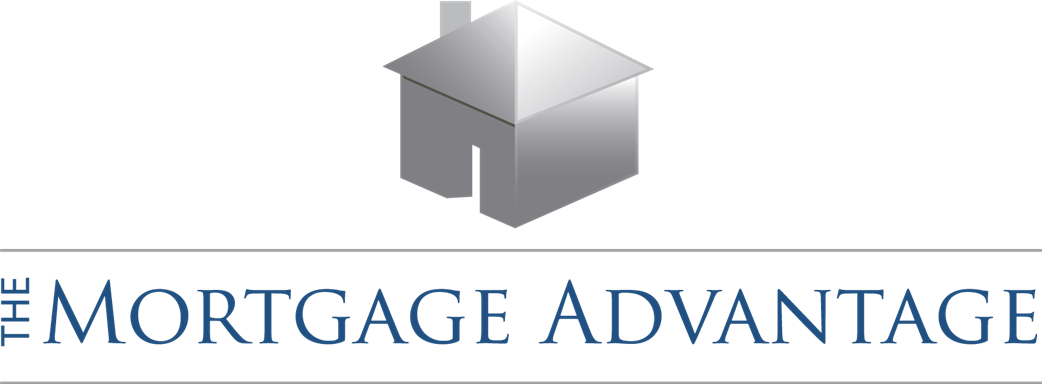
Morris F. Briglio
Study: The evolving landscape of Canadian lending: Key trends in mortgage and non-mortgage loans
8/14/2024
Non-mortgage loans are above the levels seen before the pandemic
Non-mortgage loans have increased from the first quarter of 2019 and edged up in the first quarter of 2020. Over the next two quarters, non-mortgage debt levels declined as lockdowns came into full effect. Canadians were able to build up savings, reduce debt and reduce spending to bolster their finances against uncertainty as non-essential businesses closed and travel restrictions were imposed. Despite this reduction, since 2022, debt levels have risen, ultimately wiping out the previous effects. This increase in debt levels can be attributed to several factors, including inflation that peaked at 8.1% year over year in June 2022, making everyday goods and services more costly.
Uninsured mortgage loans grow faster than insured ones as house prices increase
Since 2017, uninsured mortgages have predominated in Canada, overtaking insured ones for the first time that year. From 2012 to 2019, the outstanding value of uninsured mortgages grew quarterly by 3.0% on average, while insured mortgages declined by 0.4%. This disparity widened during the pandemic as house prices soared due to lower borrowing costs and increased demand, with the quarterly growth of outstanding value of uninsured mortgages reaching 3.4% from 2020 to 2022, while insured mortgages declined by 0.5%. Rising interest rates from early 2022 through the third quarter of 2023 cooled housing market activity, decelerating the quarterly growth of uninsured mortgages to 2.0%, compared with a decline of 1.0% for insured mortgages during the same period.
Arrears for non-mortgage loans are trending upward
Households with loans in arrears, defined as those late on debt payments by 90 days or more, saw a slight increase during the first two quarters of 2020 owing to economic closures. Government support during the pandemic helped reduce arrears by increasing household disposable income. However, as interest rates rose and pandemic-related support diminished, non-mortgage loan arrears climbed again in 2022. Passenger vehicle loans (+0.18%) and credit card loans (+0.07%) saw the largest arrears increases by the third quarter of 2023 compared with the first quarter of 2019.
Mortgage loan arrears have not seen a similar rise despite increasing interest rates. By the third quarter of 2023, mortgage arrears were still below pre-pandemic levels, down 0.08% from the first quarter of 2019. Most households have yet to feel the full impact of higher interest rates, as many mortgage renewals are due in the coming years. According to the Canada Mortgage and Housing Corporation, around 2.2 million mortgages, or 45% of all outstanding mortgages in Canada (over $675 billion), will face an interest rate shock in 2024 and 2025.
https://www150.statcan.gc.ca/n1/daily-quotidien/240814/dq240814d-eng.htm




























